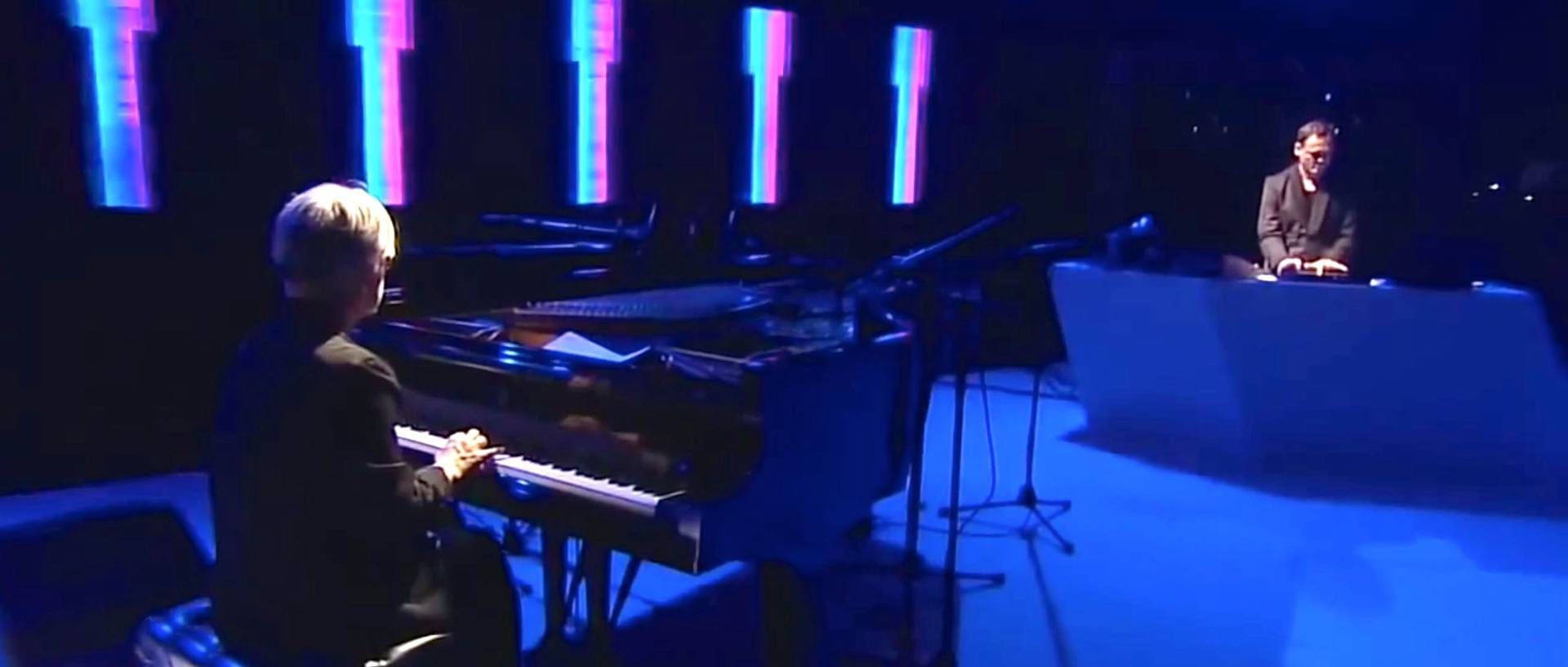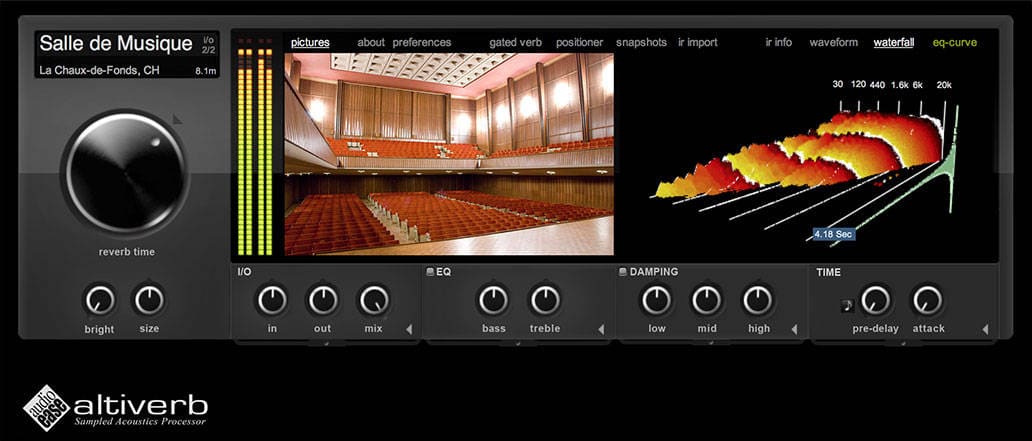The Power of Live Electronics: 3 Techniques you Should know

Today the idea of performance is changing. Take the opportunity to learn new techniques to create impressive sounds by using different tools to modify the sound of acoustic instruments in real time!
The "Live Electronics" technique allows you to enrich your performances by including acoustic sounds of any kind. With this article I want to introduce you to the world of Live electronics, listing 3 basic techniques that are necessary for any musician who approaches this type of live performance!
1. Granular Synthsis
One of my favorite techniques is "Granulation". This allows an acoustic/electronic sound to be broken down into fragments of different lengths, with the possibility of changing different parameters at the same time, such as grain density and rate.
GRM Tools by Ina GRM.

2. Convolution
The Convolution is certainly one of the most interesting techniques in the world of electronic music. This allows you to create a new sound from two existing ones. It is not a simple mixing technique but a mathematical function that multiplies (or divides) the partials (or basic components of a sound) creating a new harmonic spectrum.
If you are not familiar with software for programming Sound patches I recommend you to experiment a little bit with some Convolution Reverb.
The best plug-in I know is certainly Altiverb by Audio Ease.

There is software like Ableton Live that provide Convolution Reverb.
Convolution Reverb Pro allows for extended tweaking options such as EQ, damping, modulation, and more. "The reverse function in Convolution Reverb Pro is especially nice," says Christian. "You can modify an original IR to something completely new, and then resave the design as a new preset." Convolution Reverb Pro also allows for combining two IRs—one for early reflections, and one for late—for a hybrid sound that combines elements of multiple spaces. (From Ableton Live Description)
3. Delay
As a last tool, in this article, I would recommend you the "Delay". You can create incredible sound counterpoints with this tool. Increasing the repetition time between the live sound and the processed one, it will be possible to observe interesting overlaps between the two sound sources. In this way you can build from a melody all the harmonic base in a new and artistic perspective. Create hypnotic repetition and new sound by increasing the number of repetition and decreasing the Delay time between the two sound sources and experiment without limits!
If you want to use this technique I suggest you to take a look to the GRM Tools by Ina GRM.

Do you want to know more about plug-ins and music industry? Let us know in the comment section below!
WE CREATE ARTISTS AND THEIR FUTURE.
Take your future and shape it with your hands. Innovate it with your mind and share it with the world. Accelerate your career and be one of the best artists in the world.

